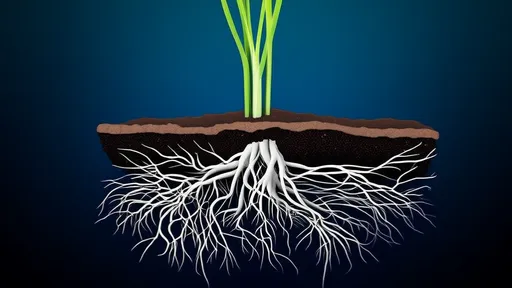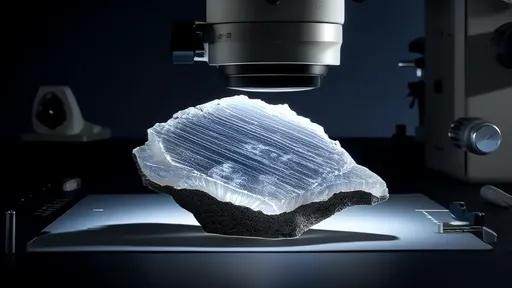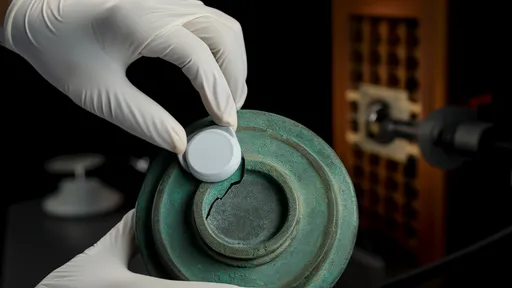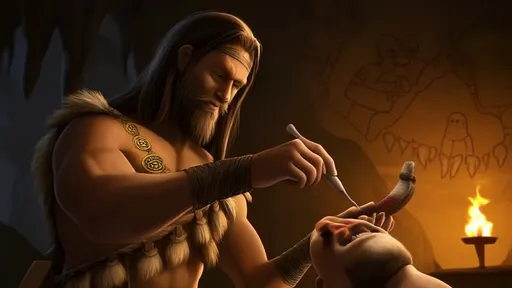The practice of trepanation – drilling or scraping holes into the human skull – ranks among the most fascinating and enigmatic medical procedures of prehistoric times. Recent archaeological discoveries have revealed that this primitive form of neurosurgery was not only practiced across multiple ancient cultures but often performed with remarkable skill. Healed trepanation sites found on Neolithic skulls suggest many patients survived the operation, raising profound questions about the motivations, techniques, and social context of Stone Age cranial surgery.
A Global Phenomenon with Mysterious Origins
Trepanated skulls have been unearthed from archaeological sites spanning Europe, Africa, South America, and the Pacific Islands, with some specimens dating back over 7,000 years. The widespread distribution of this practice indicates it developed independently among disparate cultures rather than spreading from a single source. What’s particularly striking is the consistency in technique – most trepanations show careful circular grooving or scraping rather than haphazard fracturing, suggesting standardized methods passed down through generations of prehistoric surgeons.
The healing patterns observed on these ancient skulls tell a compelling story. Many show complete bony regrowth around the edges of the surgical opening, indicating patients survived for years after the procedure. Some skulls even exhibit multiple trepanations, with fully healed older holes alongside newer ones – clear evidence that certain individuals underwent this dangerous operation more than once. The survival rates implied by these findings would challenge even modern surgeons operating under primitive conditions.
Techniques That Defy Expectations
Analysis of trepanated skulls reveals several distinct methods were employed. The most common approach involved patiently scraping away bone with sharp stone tools until the skull was perforated. Other specimens show evidence of circular grooving followed by careful levering out of a bone plug. Remarkably, many operations avoided penetrating the protective membrane surrounding the brain (the dura mater), suggesting Stone Age practitioners understood the risks of infection and brain trauma.
The tools used varied by region and available materials. Obsidian blades, flint scrapers, and even shark teeth have been identified as likely surgical instruments. Some cultures may have used natural abrasives like sand to assist in the bone removal process. What’s universally absent, of course, is any evidence of anesthesia or antiseptic practices as we understand them today – making the survival rates all the more astonishing.
Why Drill Holes in Heads? The Enduring Mystery of Motive
Archaeologists and medical historians continue to debate why prehistoric peoples performed trepanation. The leading theories range from medical treatment to spiritual ritual. Some evidence suggests it may have been used to treat head injuries – several trepanations are located near fracture sites that could have caused intracranial pressure. Other skulls show no signs of trauma, implying the surgery may have been performed to treat chronic conditions like epilepsy, severe headaches, or mental illness.
The spiritual interpretation posits that trepanation was meant to release evil spirits believed to cause illness or abnormal behavior. This theory gains support from ethnographic accounts of trepanation being practiced for ritual purposes in some cultures as recently as the 20th century. The truth may encompass both medical and spiritual motivations – prehistoric peoples likely made no distinction between these domains as we do today.
Women and Children Under the Knife
Contrary to early assumptions that trepanation was primarily performed on male warriors, recent studies show women and even children also underwent the procedure. One particularly poignant case from a Neolithic site in France involves a child’s skull showing partial healing around a trepanation hole – the young patient survived the operation but died shortly afterward. The presence of these vulnerable groups in the archaeological record suggests trepanation wasn’t exclusively for treating battle injuries but served broader medical or ritual purposes in prehistoric societies.
Interestingly, some skulls show evidence of the removed bone disc being worn as an amulet, possibly by the patient or a family member. This practice hints at complex beliefs surrounding the procedure and the perceived power of human bone. In certain cases, the trepanation holes were carefully covered with pieces of shell or metal, suggesting attempts at protective closure or even cosmetic improvement.
Lessons from Ancient Medicine
The success of many prehistoric trepanations forces us to reconsider our assumptions about Stone Age medical knowledge. These early surgeons must have possessed detailed understanding of cranial anatomy to avoid fatal brain damage in their patients. Their ability to prevent infection without modern antiseptics remains particularly puzzling – some researchers speculate they may have used natural antibiotics like certain molds or plant extracts.
Modern neuroscientists have expressed admiration for the precision of some Neolithic trepanations. Computer analysis of the surgical holes reveals many were placed to avoid major blood vessels and critical brain areas. This anatomical knowledge likely came from extensive experience with head wounds and possibly animal dissection. The accumulated experience of generations of prehistoric practitioners appears to have produced surprisingly effective surgical protocols through trial and observation.
As research continues, each new discovery about ancient trepanation raises as many questions as it answers. These strange holes in ancient skulls represent one of humanity’s earliest known surgical interventions – a testament to our species’ enduring drive to understand and manipulate the human body, even with the most primitive of tools. The healed edges of these operations silently testify to skills and knowledge lost to time, reminding us that medical sophistication existed long before the advent of written history.

By /Jul 18, 2025

By /Jul 18, 2025

By /Jul 18, 2025

By /Jul 18, 2025

By /Jul 18, 2025

By /Jul 18, 2025

By /Jul 18, 2025

By /Jul 18, 2025

By /Jul 18, 2025

By /Jul 18, 2025

By /Jul 18, 2025

By /Jul 18, 2025

By /Jul 18, 2025

By /Jul 18, 2025

By /Jul 18, 2025

By /Jul 18, 2025

By /Jul 18, 2025

By /Jul 18, 2025